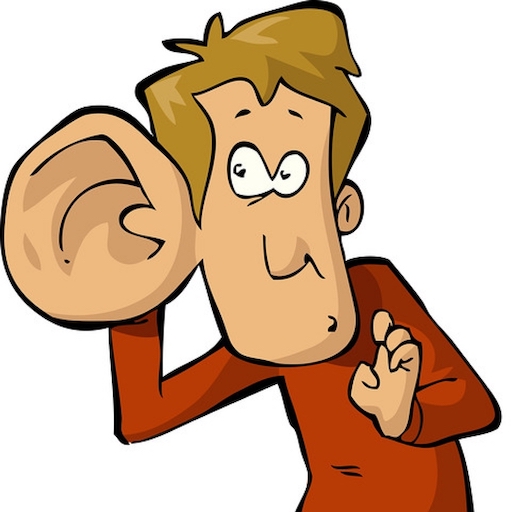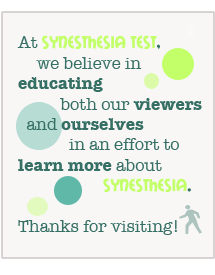Auditory-Tactile Synesthesia
Auditory-tactile synesthesia (or hearing-touch synesthesia) is a rare sensory phenomenon where the affected individual experiences tactile sensations in response to sound. This can manifest in myriad ways. Auditory stimuli might cause a tingling sensation (sometimes discomforting), a localized pressure or tension, or, what some describe more generally as a “feeling.” The stimuli can range from classic rock tunes to movie sound effects to the enveloping tones of the world around you. This Quora thread provides some insight into these experiences through the lens of those affected.

Link Between Hearing and Touch
What causes hearing-touch synesthesia? As is true of most forms, we posit that these experiences are fundamentally human—i.e., all of us have some capacity for encountering them. To more deeply understand how this applies to hearing-touch, we can look at some research: A Neural Link Between Feeling and Hearing (2012) by Ro, Ellmore, and Beauchamp. If you’re interested in this sort of thing, I recommend that you read the full text (it’s quite manageable). We’ll focus on a key takeaway.
In this paper, the authors “show that there are extensive ipsilateral connections between the primary auditory cortex and the primary and secondary somatosensory regions in the human cerebral cortex.” Let’s unpack that a bit. “Ipsilateral” means something that affects the same side of the body, and “somatosensory” refers to the part of the nervous system that encompasses the sense of touch. With that, we have a neurological basis for the idea that an auditory stimulus can result in a tactile sensation. But that’s only half of it. Most interestingly, the paper includes an analysis of a patient (SR) who has acquired auditory-tactile synesthesia. This analysis finds that these ipsilateral connections are exaggerated in this patient, which is perhaps just what we’d expect. How cool is that?
Autonomous Sensory Meridian Response (ASMR)
If you’re familiar with Autonomous Sensory Meridian Response (ASMR), you’ve likely already drawn the association here. This is an experience characterized chiefly by tingling on the surface of the skin, and like the phenomenon we’ve discussed so far, it can be caused by an audible stimulus. The experience, around which there has formed a vibrant online community, might be described as euphoric. Stimuli videos like the one below are plentiful on YouTube.
If you’re looking for a synesthesia test for this form and haven’t yet reached a conclusion based on the discussion so far, perhaps this is a place to start. How does your body respond to sounds like those in the video above? If you do experience a sensation, can you think of other circumstances where sound has triggered a similar feeling?
I leave you with a playlist from YouTube user Aaron, a sound-touch synesthete whose primary stimulus is music. As always, feel free to leave comments describing your experiences. If you’ve read some of our other posts, you’ll know that—in the majority of cases—you are not alone in the theme of your perceptions. How do you experience auditory-tactile synesthesia?




